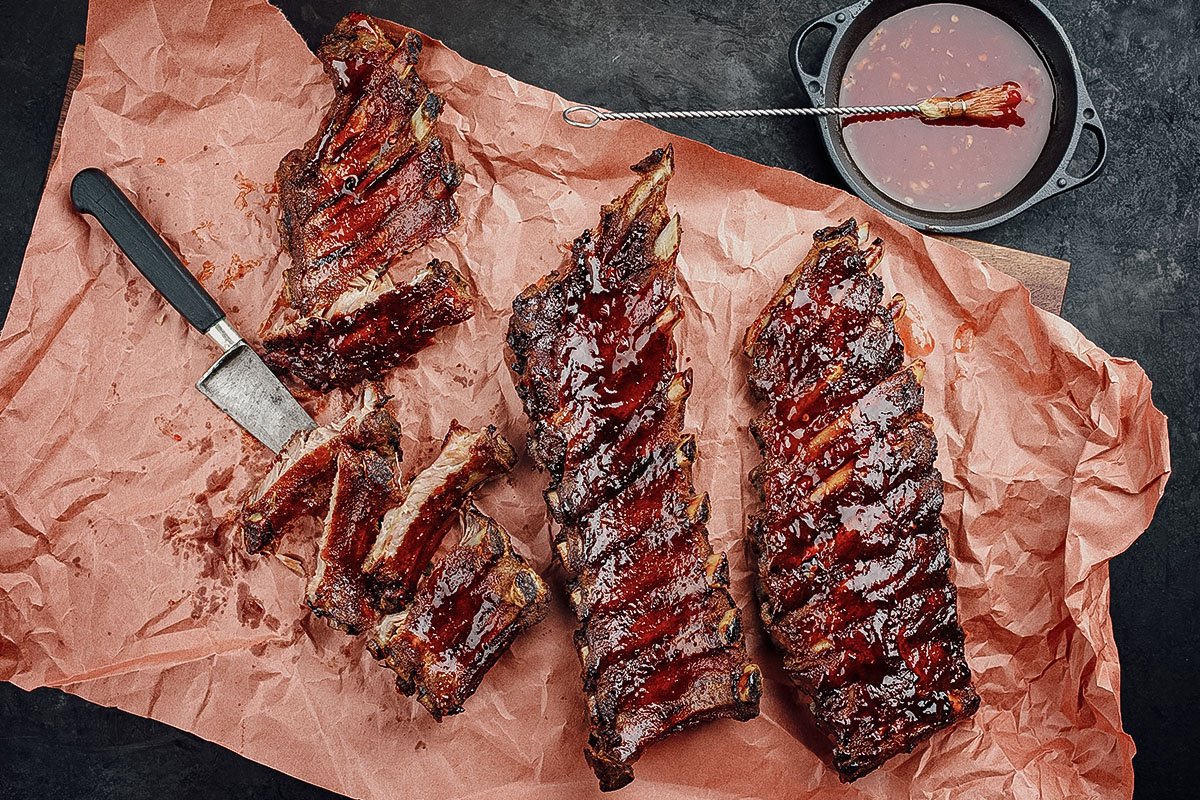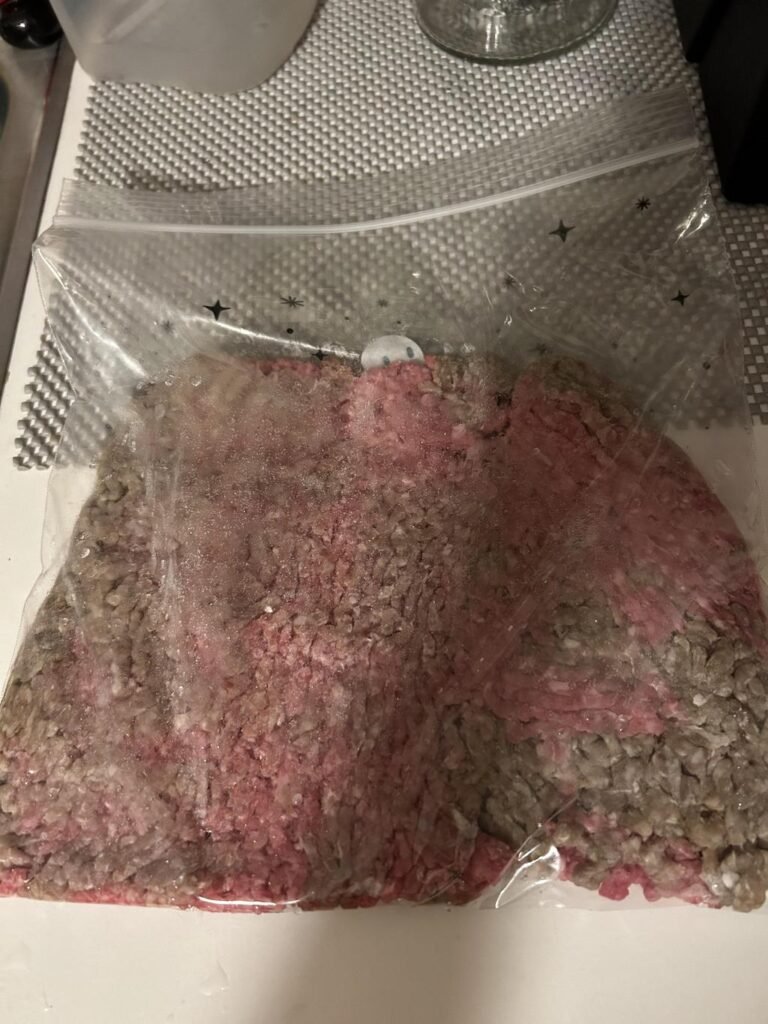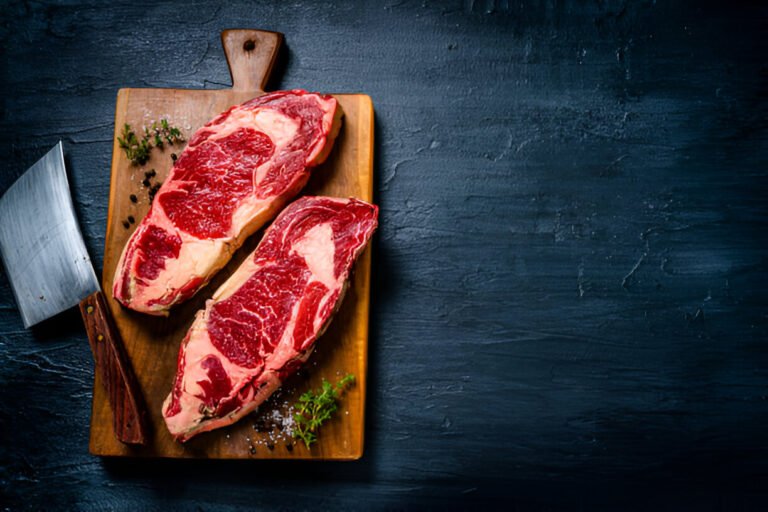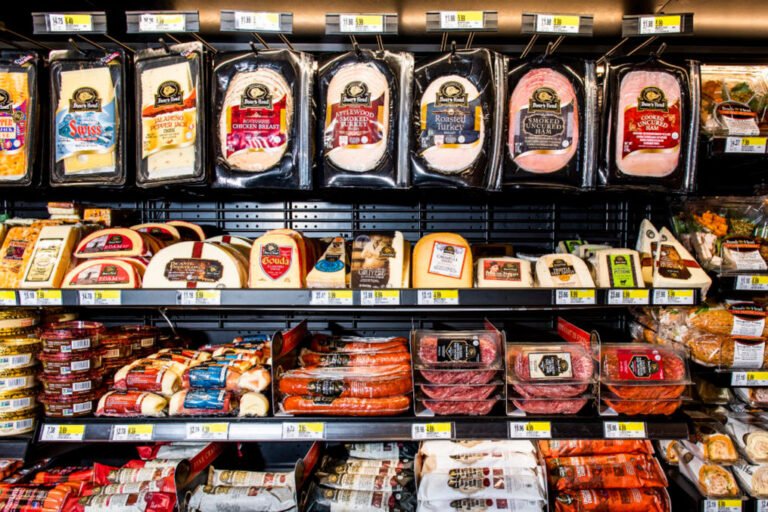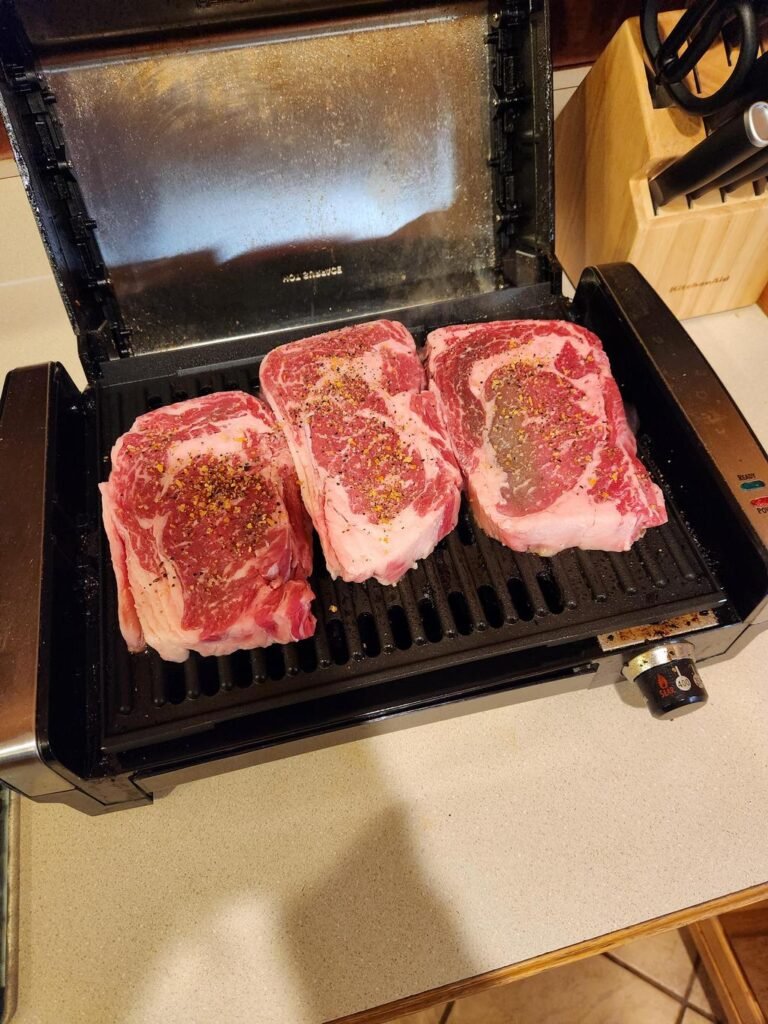Is the Paper Under Your Meat Toxic? What You Need to Know
Have you ever picked up a package of meat from the grocery store, only to notice that it’s wrapped in paper? You’ve probably seen that familiar layer of butcher paper or plastic film, but have you ever wondered if that paper is safe? Is it toxic, or is it just another one of those questions we don’t bother to ask?
Well, today, we’re digging into it. Grab a seat and let’s break this down, because I know you’ve got questions, and I’ve got answers.
The Meat and the Mystery of the Paper

First things first, let’s talk about the role of this paper. It’s not just there for show. Butcher paper is typically used to protect the meat and keep it fresh. In fact, it helps with preserving moisture and preventing contamination during transport. But, as with anything that touches our food, there’s always the lingering question: is this paper safe for us?
If you’re like me, your initial reaction might be to discard the packaging without further consideration, particularly if it’s a type of plastic or wax paper that tends to adhere to the meat. But hold on for a minute—let’s take a deeper dive into whether this packaging is something we need to worry about or not.
The Types of Paper Used to Package Meat
Before we go into the potential risks, let’s look into the different types of paper commonly used to wrap meat. It’s easy to assume that all meat packaging is created equal, but the reality is a bit more complicated.
- Butcher Paper
This is probably the most common type of paper you’ll see under your meat. Traditionally, it’s made from wood pulp and often coated with a thin layer of wax or plastic to keep the meat fresh. Butcher paper is generally considered safe for use with food. In fact, it’s often used for wrapping meat in butcher shops and at farmers’ markets. - Wax Paper
Wax paper is another popular option. It’s coated with a thin layer of paraffin wax, which makes it moisture-resistant. While it’s safe for wrapping food in some contexts, wax paper is not typically used in large commercial packaging because it doesn’t have the durability needed for longer storage periods. - Plastic Wrap and Film
It’s not technically paper, but plastic film is commonly used alongside butcher paper to seal meat packages. The plastic keeps air out and prevents the growth of bacteria, making it essential for preserving meat. Most plastic wraps used in food packaging are considered safe, though there’s always some debate over chemicals that could leach out over time.
| Related: Can You Wrap Brisket In Parchment Paper? |
The Question of Toxicity: Is It Really Dangerous?
Let’s address the big elephant in the room: Could this paper be toxic? It’s a valid concern, especially with all the buzz around food safety and packaging materials. The good news is that the paper used in meat packaging is, for the most part, non-toxic. But here’s the kicker—it depends on how the paper was treated and what materials were used.
Butcher Paper:
This is generally considered safe. The paper itself is typically free of harmful chemicals, and many butchers use paper that’s specifically designed for food contact. Some butcher paper may be treated with food-safe dyes or coatings, which are non-toxic. However, it’s important to check whether the paper has been treated with any potentially harmful substances, such as chlorine bleach or petroleum-based waxes.
| Read: Butcher Paper vs. Kraft Paper: What’s the Difference? |
Wax Paper:
Wax paper is usually coated with food-grade paraffin wax. Paraffin wax is safe for food contact, but some people prefer to avoid wax-treated products due to concerns about possible chemical exposure over time. However, wax paper doesn’t tend to leach harmful substances into the food unless it’s exposed to high heat, so it’s relatively safe when used as a wrapper for meats that won’t be directly cooked with the paper.
Plastic Wrap:
The plastic wrap often used in combination with paper can sometimes raise a few more red flags. Some plastic wraps may contain chemicals like PVC (polyvinyl chloride) or BPA (bisphenol-A). These substances have been linked to health concerns when they leach into food. But the good news is that many brands now produce plastic wrap that’s labeled as BPA-free and safer for food use.
Still, if you’re concerned, you might want to stick with options that avoid plastic altogether or use alternatives like biodegradable plastic wraps.
The Risks of Ingesting Paper: What Could Go Wrong?
While it’s highly unlikely that you’ll end up eating the paper itself, it’s important to note that small amounts could potentially come into contact with the meat. If the paper is made from recycled materials or has been treated with dyes or chemicals, there’s a small risk of exposure. However, this risk is generally low, especially if you’re properly preparing the meat by removing all packaging before cooking.
Some paper products, especially older packaging materials, could contain harmful substances like:
- Chlorine-based bleaches: Some papers may still be treated with chlorine bleach, which is a substance that can potentially cause health issues if ingested in large quantities.
- Dyes and inks: Non-food-grade inks and dyes can sometimes bleed onto the meat, but this is rare, as most packaging materials for food are now regulated to ensure they are non-toxic.
The key is to remove the paper before eating the meat. In most cases, you’re not at risk of harm from any residue left on the surface.
What Should You Do? Tips for Safe Meat Handling
Now that we’ve cleared up the concerns about toxicity, here are a few simple tips for handling meat packaging safely:
- Check Labels and Packaging
Whenever possible, look for packaging that is clearly labeled as food-safe. If you’re buying meat from a butcher or farmers’ market, ask them about the type of paper they use and whether it’s treated with any chemicals. - Remove Packaging Properly
Always remove any paper or plastic packaging before cooking the meat. This is the most straightforward way to avoid any contact with potentially harmful chemicals or materials. Don’t cook your meat in the packaging—it’s designed to be removed. - Look for BPA-Free Plastic Wraps
If you’re buying meat wrapped in plastic, check for BPA-free labeling. While the risks are low, it’s still a good idea to minimize exposure to harmful chemicals. - Use Fresh Cuts When Possible
If you can, buy fresh cuts of meat that haven’t been sitting in packaging for too long. The longer meat is wrapped in paper or plastic, the higher the chance of contamination or degradation of the packaging.
Final Thoughts: A Safe, Well-Wrapped Steak
At the end of the day, the paper under your meat is generally safe. But, like any product that touches your food, it’s worth being informed about what’s in the packaging and how to handle it. Whether it’s butcher paper, wax paper, or plastic, your meat is safe as long as you’re careful to remove all packaging before cooking.
So, next time you’re at the grocery store, you can shop with confidence, knowing that the paper under your meat is likely not toxic, as long as you’re mindful of where it came from and how it’s treated.
If you adhere to a few straightforward guidelines, you can relish your perfectly cooked steak without any concerns. After all, it’s what’s inside that counts—the meat, that is!

Kathy is a restaurateur, artist, and blogger. After spending more than 10 years in the restaurant industry, she has decided to go digital and share her expertise and experience online.

